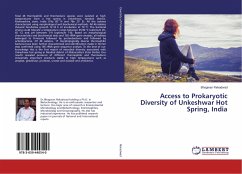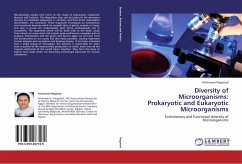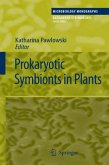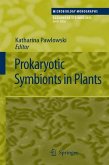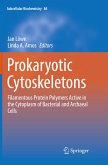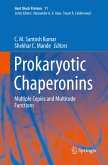Total 46 thermophilic and thermoduric species were isolated at high temperatures from a hot spring in Unkeshwar, Nanded district, Maharashtra state, India (19o 85' N and 78o 25' E). All the isolates characterized using morphological and biochemical methods. All 46 isolates showed facultative growth 12-16 h of incubation at 70 °C. The bacterial strains could tolerate a temperature range between 45-90 °C (optimum 45-65 °C) and pH between 5-9 (optimum 7-8). Based on morphological characteristics and biochemical tests and 16S rRNA gene analysis, all isolates belonged to Firmicute followed by proteobacteria and followed by actinobacteria. Of 46 isolates, 17 morphologically diverse thermophilic bacteria have been further characterized and identification made in former step confirmed using 16S rRNA gene sequence analysis. To the best of our knowledge this is the first report of microbial diversity associated with Unkeshwar hot spring in Nanded district of Maharashtra State (India). Our results revealed presence of different thermophilic and thermoduric industrially important products stable at high temperatures such as amylase, gelatinase, protease, urease and oxidase and antibiotics.
Bitte wählen Sie Ihr Anliegen aus.
Rechnungen
Retourenschein anfordern
Bestellstatus
Storno

